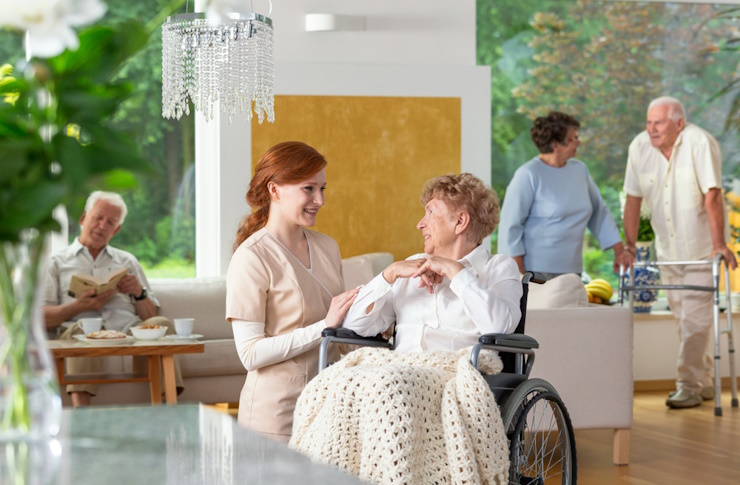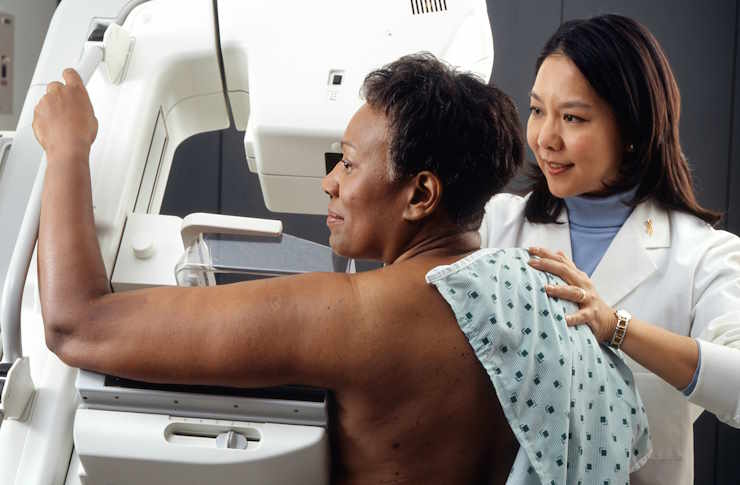Find Your Perfect Senior Home: Supportive, Safe, and Tailored to You
Making the transition to senior living is a significant decision that involves careful consideration of various factors, including level of care, amenities, location, and cost. Today's senior living options offer far more than the institutional nursing homes of decades past. Modern senior communities are designed to enhance quality of life while providing the right level of support for each individual's needs. Whether you're exploring options for yourself or a loved one, understanding the range of available choices is the first step toward finding the perfect senior home.

What are the supportive senior living options available?
Senior living encompasses a spectrum of residential options designed to meet varying levels of care and independence. Independent living communities cater to active seniors who require minimal assistance but desire a maintenance-free lifestyle with social opportunities. These communities typically offer private apartments or cottages, dining services, housekeeping, and recreational activities.
Assisted living facilities provide a higher level of daily support with services such as medication management, bathing, dressing, and meal preparation. These communities balance independence with the security of 24-hour staff availability, making them ideal for seniors who need some assistance but don’t require intensive medical care.
Memory care units specialize in supporting those with Alzheimer’s disease and other forms of dementia. These secure environments feature specially trained staff, therapeutic activities, and design elements that reduce confusion and enhance safety.
For seniors needing medical care, skilled nursing facilities (nursing homes) provide 24-hour nursing supervision and rehabilitation services. Continuing Care Retirement Communities (CCRCs) offer a comprehensive approach by providing multiple levels of care on one campus, allowing residents to transition between care levels as needs change without relocating.
How can you ensure a safe and comfortable senior care environment?
Safety in senior living environments involves both physical features and operational practices. When evaluating facilities, look for accessible design elements such as grab bars, handrails, emergency call systems, well-lit pathways, and wheelchair accessibility. These features help prevent falls and enable easier navigation for residents with mobility challenges.
Beyond physical safety, a comfortable environment includes proper temperature control, good air quality, and appropriate noise management. Senior communities should maintain clean, well-maintained spaces and follow strict health protocols to prevent infections and illness spread—an aspect that became even more critical following the COVID-19 pandemic.
Staff qualifications are another crucial safety component. Inquire about staff-to-resident ratios, training requirements, certification standards, and background check policies. Quality facilities maintain appropriate staffing levels with trained professionals who can respond promptly to emergencies and provide consistent care.
Security measures should include controlled access systems, visitor management protocols, and emergency response plans. Many modern facilities also incorporate technology such as motion sensors, health monitoring systems, and location tracking to enhance resident safety while maintaining privacy and dignity.
What personalized services are available for seniors in modern care facilities?
Today’s senior living communities recognize that personalized care leads to better outcomes and higher satisfaction. Care planning starts with comprehensive assessments to identify individual needs, preferences, and goals. These assessments inform customized care plans that address medical requirements, cognitive status, physical abilities, and personal interests.
Personalized dining experiences accommodate dietary restrictions, preferences, and cultural considerations. Many communities now feature restaurant-style dining with multiple menu options, special diet accommodations, and flexibility in meal times and locations.
Activity programming has evolved to focus on meaningful engagement rather than generic recreation. Quality facilities offer diverse options catering to various interests, abilities, and backgrounds—from fitness classes adapted for different mobility levels to intellectual pursuits, artistic expression, spiritual practices, and community involvement.
Technology integration enables more personalized care through electronic health records, medication management systems, and communication platforms that keep families informed and involved. Some communities use AI and smart home technology to analyze patterns and anticipate needs, further enhancing the personalization of services.
What are the modern senior living trends for 2025?
The senior living industry continues to evolve with emerging trends focused on enhancing resident experience and implementing innovative care approaches. Technology integration stands at the forefront of this evolution, with smart home features, telehealth services, wearable health monitors, and AI-powered assistance becoming increasingly common in senior living communities.
Design philosophy is shifting toward creating spaces that feel residential rather than institutional. This includes neighborhood-style layouts, private apartments with kitchen facilities, outdoor living spaces, and amenities that promote active lifestyles. Many new developments incorporate sustainable features like energy-efficient systems, water conservation measures, and biophilic design elements that connect residents with nature.
Intergenerational programming is gaining popularity, with communities developing partnerships with schools, colleges, and community organizations to facilitate meaningful interactions between seniors and younger generations. These programs help combat isolation while providing enriching experiences for all participants.
The wellness revolution has reached senior living, with communities adopting holistic approaches that address physical, mental, emotional, social, and spiritual well-being. Comprehensive wellness programs include fitness facilities designed for aging bodies, brain health initiatives, nutritional counseling, mindfulness practices, and opportunities for lifelong learning.
How do you evaluate and compare senior living facilities?
When comparing senior living options, start by determining the appropriate level of care needed now and potentially in the future. Consider whether a community offers multiple care levels to accommodate changing needs without requiring relocation.
Location factors heavily in the decision-making process. Evaluate proximity to family members, healthcare providers, and familiar neighborhoods. Consider climate preferences, community setting (urban, suburban, rural), and access to transportation, shopping, and cultural amenities.
Visit communities in person, preferably more than once and at different times of day. During visits, observe resident-staff interactions, cleanliness, safety features, meal quality, and overall atmosphere. Speak with current residents and their family members about their experiences.
Review contracts thoroughly, paying attention to fee structures, included services, additional charges, and policies regarding transitions between care levels. Many communities charge entrance fees plus monthly fees, while others operate on a rental model with all-inclusive or à la carte pricing.
| Senior Living Type | Typical Monthly Cost Range | What’s Included | Best For |
|---|---|---|---|
| Independent Living | $1,500 - $4,000 | Housing, meals, housekeeping, activities, transportation | Active seniors seeking community and maintenance-free living |
| Assisted Living | $3,000 - $7,000 | Housing, meals, personal care assistance, medication management | Seniors needing help with daily activities but not full nursing care |
| Memory Care | $5,000 - $10,000 | Specialized dementia care, secured environment, therapeutic programs | Individuals with Alzheimer’s or other forms of dementia |
| Skilled Nursing | $7,000 - $12,000 | 24-hour nursing care, rehabilitation services, medical management | Those requiring ongoing medical care or short-term rehabilitation |
| CCRC (entrance fee) | $100,000 - $500,000 entry fee plus $2,000 - $5,000 monthly | Access to multiple levels of care on one campus | Those planning ahead for potential care needs and wanting to age in place |
Prices, rates, or cost estimates mentioned in this article are based on the latest available information but may change over time. Independent research is advised before making financial decisions.
The journey to finding the perfect senior living arrangement requires thorough research, thoughtful consideration of individual needs, and careful evaluation of available options. Today’s senior living landscape offers unprecedented variety and quality, allowing older adults and their families to find environments that truly support their physical needs while nurturing their emotional and social well-being. By understanding the different types of communities, services offered, safety considerations, personalization options, and evaluation criteria, you can make an informed decision that enhances quality of life during the senior years.
This article is for informational purposes only and should not be considered medical advice. Please consult a qualified healthcare professional for personalized guidance and treatment.




